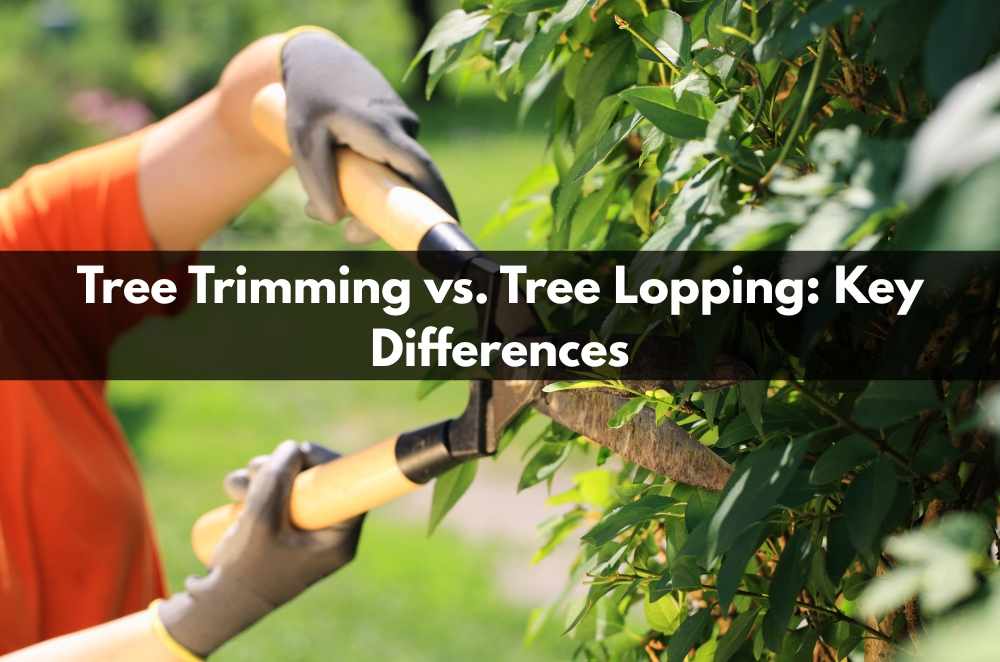
Winter might seem like the season to ignore the garden, but for many Melbourne locals, it’s actually the best time to tackle tree work. Trees slow right down in the cold, pests ease off, and without all the leaves in the way, it’s much easier to see what’s really going on up there. That’s exactly why a lot of homeowners and even body corporates take advantage of the downtime for professional tree pruning—it’s a good way to keep things safe and tidy before growth kicks off again. Of course, not every tree needs a trim right now, and doing it wrong can cause more harm than good. So it’s worth knowing when to cut, how much, and which branches to leave alone.
Why winter is the perfect time to prune in Melbourne
Melbourne’s winters are relatively mild, which means gardeners don’t have to deal with frost-burned branches or frozen soil. But it’s still cool enough for trees to enter dormancy, which slows their biological processes and makes pruning less stressful.
Pruning during dormancy allows the tree to:
Redirect energy to healing instead of growing
Minimise sap loss and fungal infections
Avoid shocking the plant during its active cycle
Reveal the branch structure for better decision-making
For deciduous trees—like maples, fruit trees, and ornamental pears—this is particularly helpful. Without foliage in the way, you can see exactly what needs to go.
For evergreen trees, winter can still work, but lighter touch pruning is often preferred. And with the reduced risk of heat stress or sunburned cuts, the cold season offers a cleaner, safer trim overall.
Know what to prune (and what to leave alone)
Winter pruning isn’t a free-for-all. While many trees benefit from it, some should be left until later in the year, especially if they’re flowering species that bloom on old wood.
Focus your winter efforts on:
Dead or diseased branches that may harbour pests
Crossed or rubbing limbs that damage the bark
Suckers and water shoots that sap energy
Low-hanging or misshapen growth that affects access or appearance
Trees that are best pruned in winter include:
Fruit trees (apple, pear, cherry)
Deciduous shade trees
Roses and grapevines
Older natives who respond to dormant shaping
Leave these for later in the season or spring:
Citrus trees (better in late winter or early spring)
Camellias or azaleas (flowers on last year’s wood)
Some flowering eucalypts
Safety first: tools, heights, and local rules
Tree pruning can be more dangerous than most people expect. Working at height, handling sharp tools, and dealing with heavy limbs carries risk, especially if you’re on uneven winter ground.
That’s why it’s important to follow arboriculture training standards if you’re taking on anything beyond light pruning at home. These standards guide professional arborists in how to assess a tree, use safety harnesses, and operate pruning saws or pole tools without injury.
Basic safety reminders for DIY winter pruning:
Always wear gloves, goggles, and non-slip boots
Use clean, sharp tools to avoid tearing branches
Never prune near powerlines or at dangerous heights
Dispose of pruned material correctly—no dumping in stormwater drains
Check local council rules before removing or heavily cutting significant trees
When in doubt, call a certified arborist. Melbourne councils often require permits for trees above a certain trunk diameter or heritage status, so what looks like a simple job could carry a fine if done incorrectly.
How arborists approach winter pruning

While light touch pruning can be managed at home, structural cuts or pruning mature trees is often left to the pros. Experienced tree arborists in winter follow a set process that prioritises tree health and landscape goals alike.
Their winter pruning checklist typically includes:
Inspecting the tree’s base, trunk, and canopy for stability
Identifying weak branches and pruning targets based on growth patterns
Using reduction cuts (rather than topping) to preserve form
Clearing space around utilities, structures, and pedestrian access
Shaping trees to prepare for spring growth or flowering
Professional arborists can also diagnose diseases that might be dormant now but will flare up come spring. Catching these early during a winter visit can save a lot of stress (and money) down the track.
Common mistakes to avoid in winter pruning
It’s tempting to go hard on pruning when trees are bare and your tools are ready, but overdoing it or cutting without reason can harm the tree.
Avoid these pitfalls:
Over-pruning: Removing more than 25% of a tree’s canopy in one season
Topping: Cutting off the main top branches leads to weak regrowth
Ragged cuts: Always cut just outside the branch collar at a clean angle
Using dirty tools: Can spread bacteria or fungi to healthy limbs
Pruning too early or late: Prune in mid to late winter for best recovery
Remember, not every branch needs to go. Sometimes, restraint is the best strategy.
Why winter pruning benefits long-term health
One of the most overlooked aspects of pruning is how it helps a tree thrive, not just survive. Removing the right branches improves airflow, reduces disease, and helps shape a strong scaffold for future growth.
That’s where the value of winter tree removal benefits comes in. Strategic winter cuts can lower the risk of storm damage, minimise sap bleeding, and support controlled regrowth.
Benefits of pruning in the cold months:
Boosts spring flowering and fruiting
Reduces the risk of falling limbs in windy conditions
Encourages new, balanced growth in warmer seasons
Makes it easier to assess shape and internal structure
This approach is particularly important for older trees or those growing near buildings and high-traffic areas.
Final thoughts
Melbourne’s winter might not get snow, but it’s still a time of pause—and that’s exactly when trees can benefit most from pruning. Whether you’re removing dead weight, reshaping an old favourite, or prepping your fruit trees for a bumper spring crop, timing matters.
With the right tools, a bit of planning, and an understanding of how trees respond during dormancy, winter pruning becomes more than maintenance—it becomes strategy. And with help from qualified professionals when needed, your trees will be healthier, stronger, and safer in every season to come.







Write a comment ...